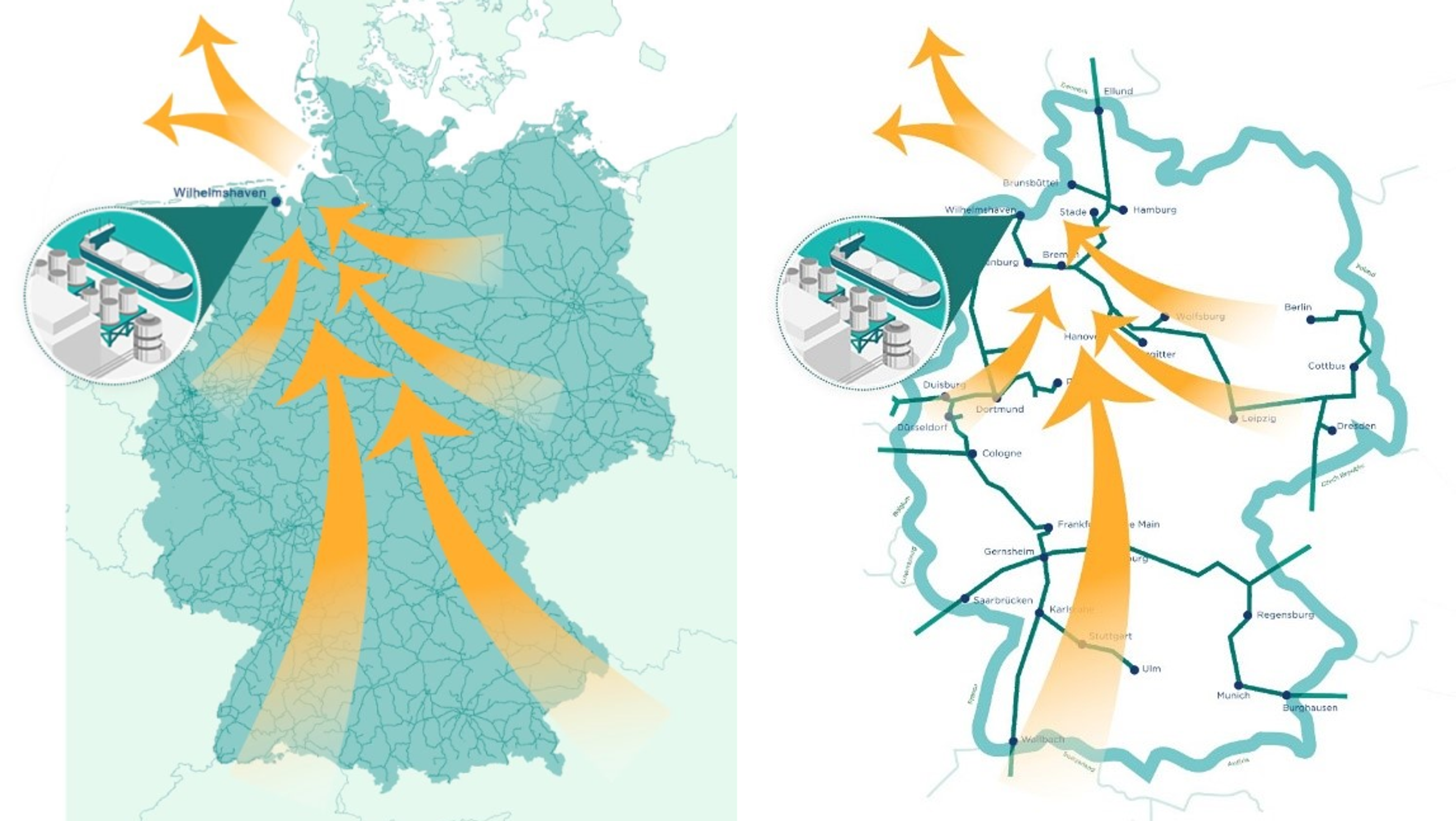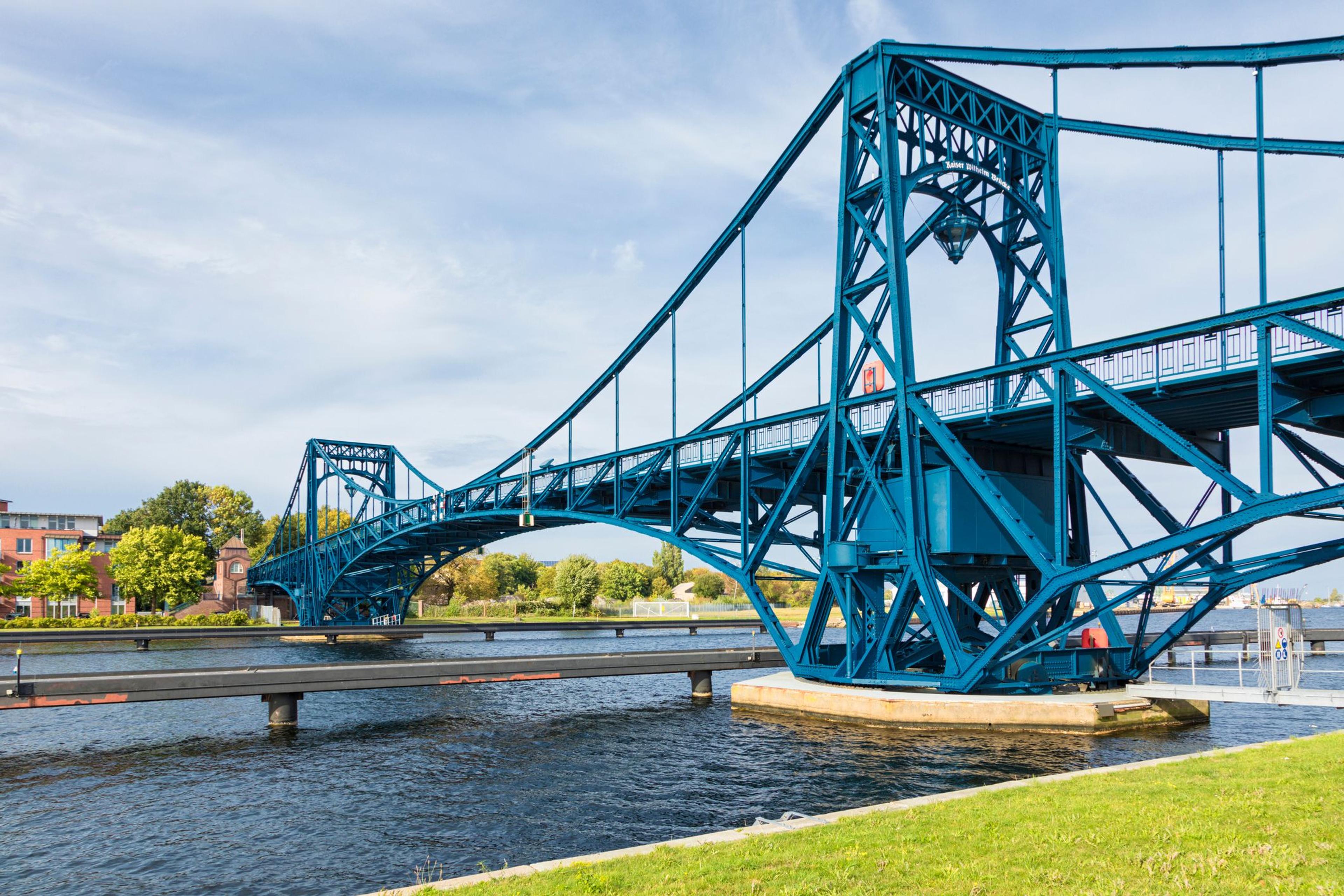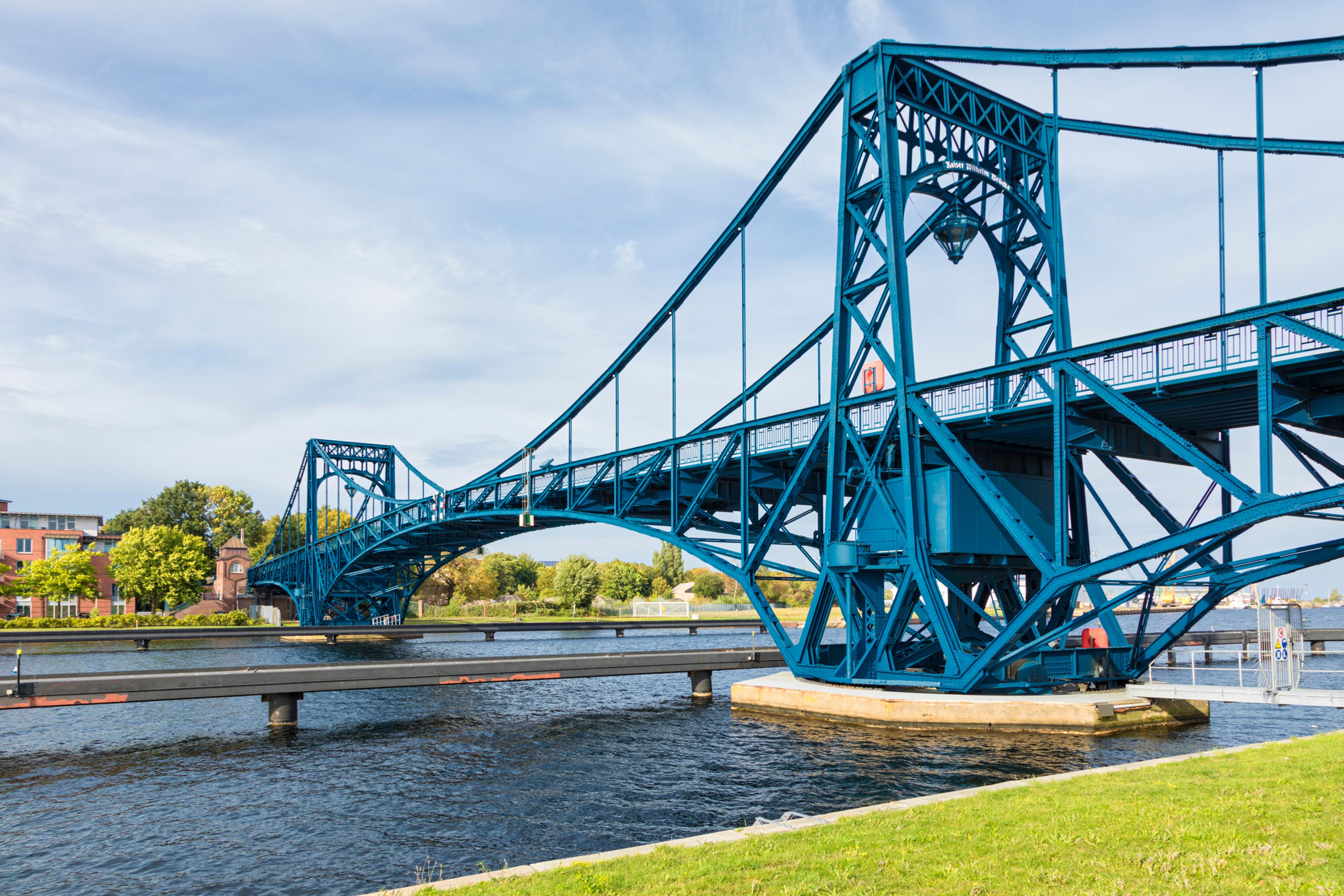

Project
Germany
Jade Energy, securing Europe’s energy supply
Located in Voslapper Groden Nord at Wilhelmshaven, Germany’s only deep-water port, TES is developing the Jade Energy terminal on around 145 hectares as a cornerstone of Germany’s energy resilience and decarbonization strategy. In its first phase, the Jade Energy terminal will develop an LNG/e-NG import terminal and a CO₂ export terminal.
The terminal will begin commercial operations in 2030 with an initial capacity of 15 billion cubic meters (bcm) per year, expandable to more than 20 bcm.
The terminal will begin commercial operations in 2030 with an initial capacity of 15 billion cubic meters (bcm) per year, expandable to more than 20 bcm.
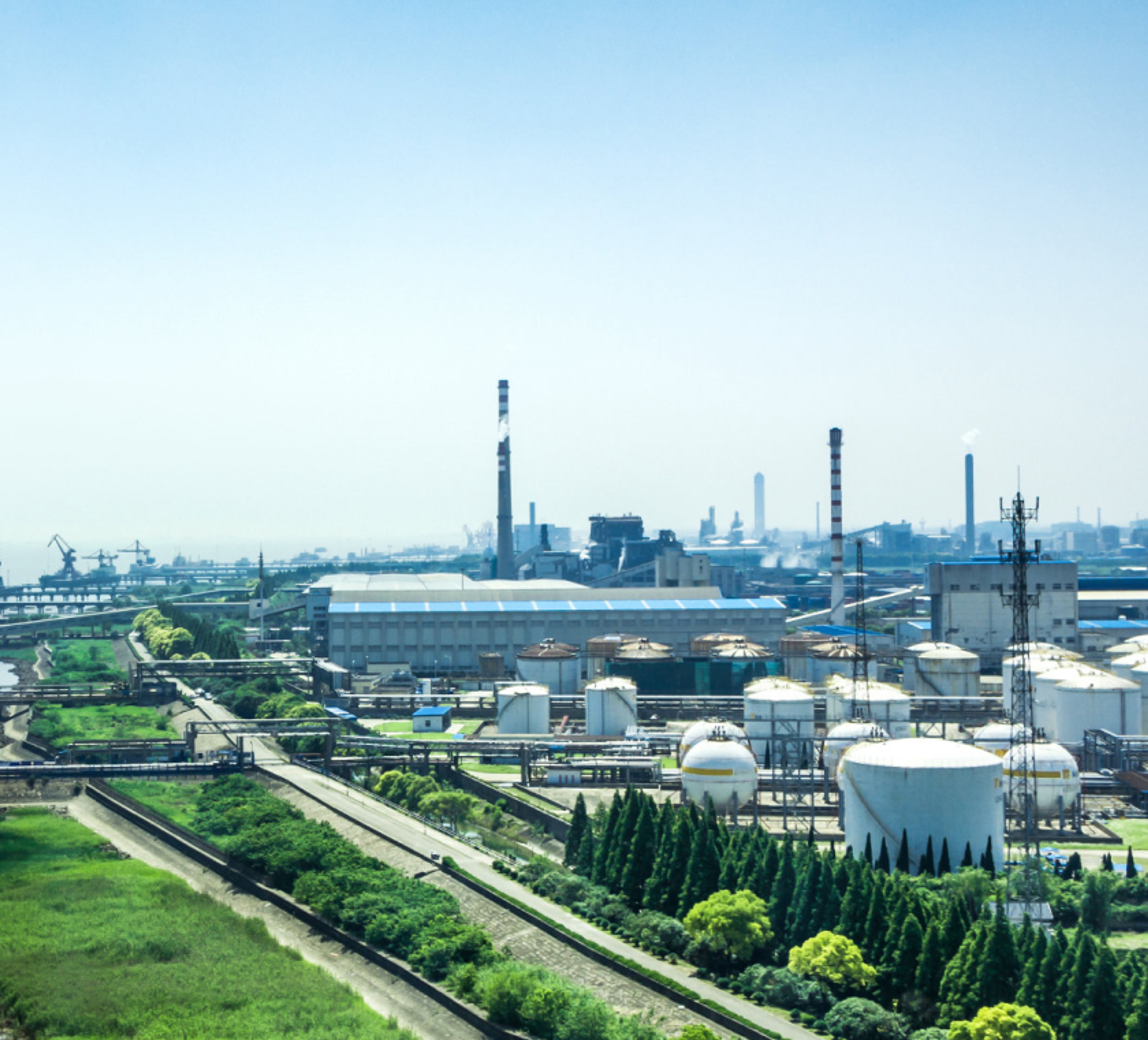
CO₂ export
Jade Energy will also provide the service of exporting CO₂ from customers throughout Germany and beyond, inline with the envisaged
German Carbon Management Strategy from the Federal Government of Germany. This strategy acknowledges the capture of CO₂ for usage and permanent storage as a cornerstone of the energy transition. The new federal government has made CO₂ transportation and export a key part of its policy to decarbonize its hard-to-abate industries.
German Carbon Management Strategy from the Federal Government of Germany. This strategy acknowledges the capture of CO₂ for usage and permanent storage as a cornerstone of the energy transition. The new federal government has made CO₂ transportation and export a key part of its policy to decarbonize its hard-to-abate industries.
As Jade Energy is strategically located in Wilhelmshaven, the only deep seaport in Germany, and well connected to rail networks and future CO₂ pipeline infrastructure, it is ideal for CO₂ transport from industrial CO2 emitters across Germany and Europe. The co-located LNG/e-NG regas facilities will provide significant cooling which will be available for liquefaction of the CO2. Therewith it will enable significant synergies for CO₂ handling and export.
In addition, the terminal will be able to handle CO₂ captured from future Jade Energy projects, such as once incoming LNG or e-NG will be converted into hydrogen.
In addition, the terminal will be able to handle CO₂ captured from future Jade Energy projects, such as once incoming LNG or e-NG will be converted into hydrogen.
Thanks to its ship-based design, the terminal enables flexible transport, either for permanent storage in the North Sea, or for utilization in the production of e-NG and e-fuels in countries with abundant renewable energy. The terminal will consist of a train receiving terminal to unload the CO₂ wagons, an interim storage to absorb fluctuations from the train and ship transport, and a loading infrastructure to load the maritime vessels.
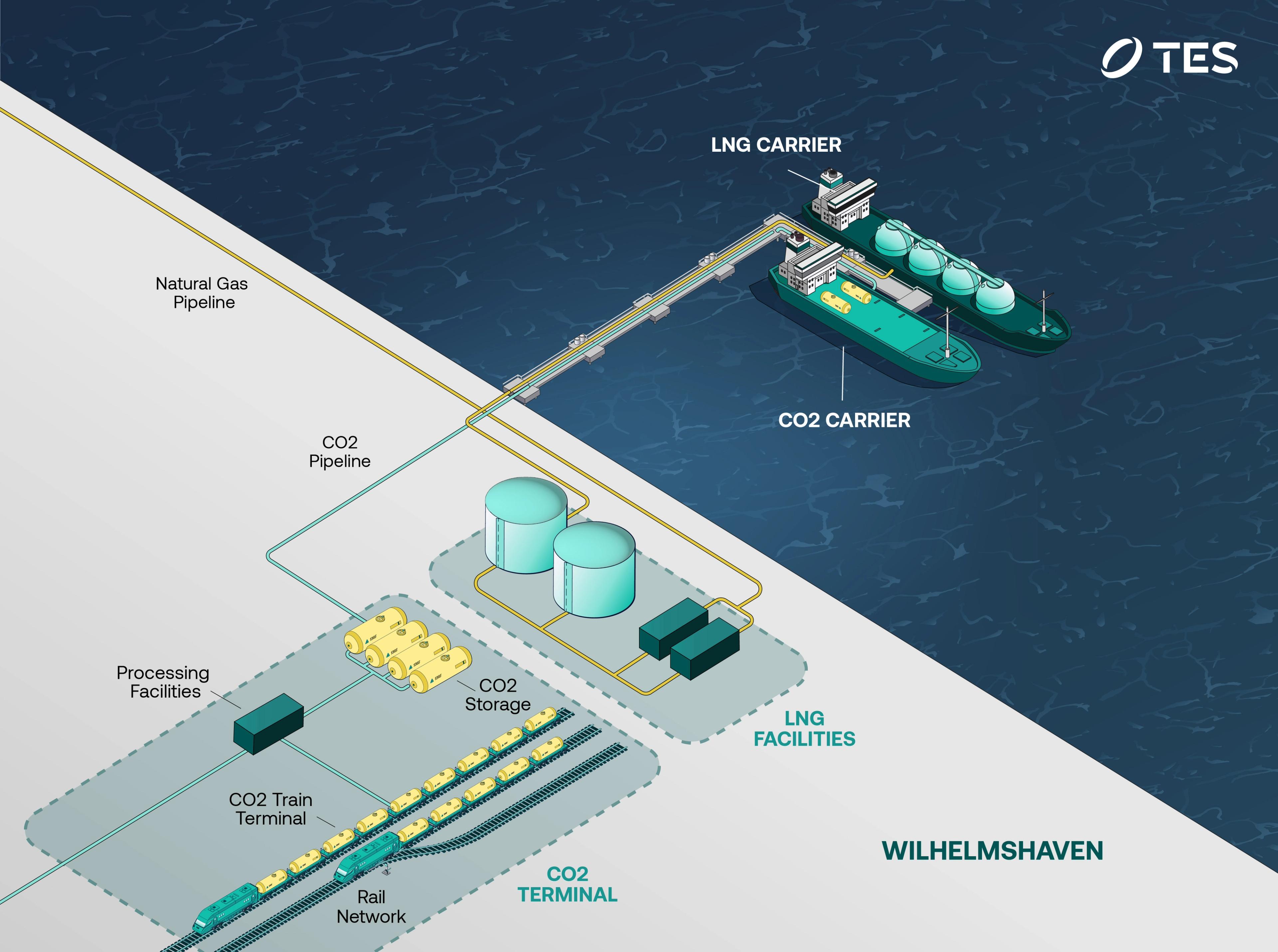
The terminal is planned to start with an initial capacity of 3 to 5 million tons per year (Mtpa), initially brought to the terminal by rail, and can be scaled up according to market developments, potentially expanding to 10 Mtpa. Once the CO₂ onshore pipeline network is built, up to 40 million tons of CO₂ could be delivered and exported, depending on availability of CO₂ customers.
TES and Ramboll, a leading engineering and consultancy firm, have completed a joint engineering study for the Jade Energy terminal. The collaboration assessed technical alternatives for CO₂ imports by rail and exports by ship.
For TES' e-NG business, advancing the long-term ability to establish a closed-loop CO₂ system is of strategic relevance. This will become increasingly important once CO₂ infrastructure and capturing at emitter sites becomes available on a widely spread level. Additionally, as TES increases the sale of green H₂ from e-NG through ATRs (Autothermal Reformers) and/or as more oxy-combustion plants are built in Europe, the preference for a closed-loop CO₂ system will grow, hence the importance of TES CO2 infrastructure projects.
TES participates in shaping the future of envisaged Carbon Management in Germany
To support the ongoing development of the terminal, TES is now founding member of the Carbon Management Alliance, an industrial initiative in Germany focused on implementing Carbon Capture, Utilisation and Storage (CCUS) technologies. This expansion supports the organisation's goals to drive innovative cross-industry solutions and create infrastructure for efficient carbon management.
Why Wihelmshaven?
Europe’s portal to secure, decarbonized energy
Wilhelmshaven is Germany’s only deep-water port. Directly at the North Sea, on the western side of the Jade Bight, it sits between the Ems and Weser rivers with ready access to a multitude of networks.
Our Wilhelmshaven terminal will be purpose-built for a decarbonized future with direct connections to major European networks:
- The existing railway network in Germany
- The existing European high-pressure natural gas network
- The H2ercules hydrogen network and nearby hydrogen underground storage sites
- The CO₂ transport network of OGE
The TES Green Energy Hub will include in its first phase a liquefied e-NG import terminal and a liquid CO2 export terminal. As the hub is strategically located in Wilhelmshaven, the only deep sea port in Germany, and well connected to rail networks and natural gas infrastructure, it is ideal for CO2 transport from emitters across Germany and Europe. Due to the ship based nature of the CO2 export terminal, the CO2 can be exported to be stored in the North or Baltic Sea or for utilisation to produce e-NG and e-fuels in renewable energy-rich countries. The CO2 terminal is planned to start with an initial capacity of 3 to 5 million tons per year (Mtpa), initially brought to the terminal by rail, and can be scaled up according to market developments, potentially expanding to 40 Mtpa with pipeline integration.
Wilhelmshaven is connected to CO2 rail transport and pipeline network.
